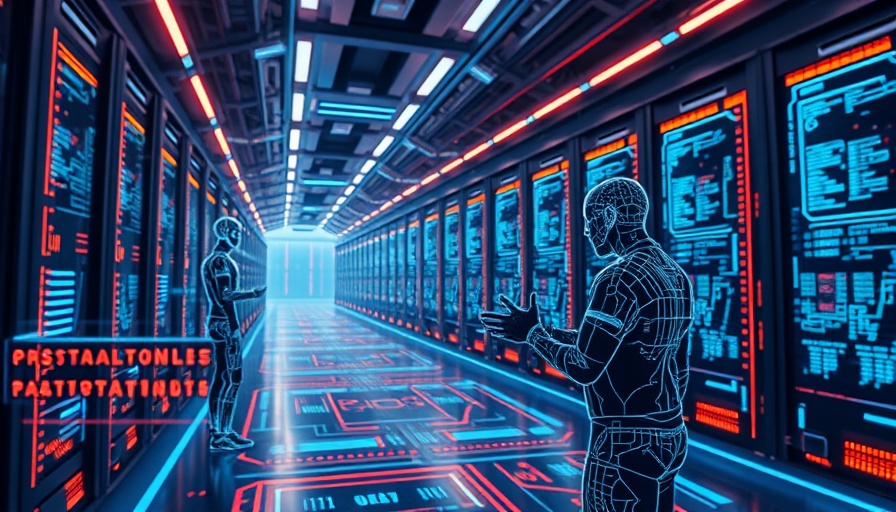
The Rapid Expansion of AI Adoption Amid Cybersecurity Concerns
The recent surge in enterprise adoption of artificial intelligence (AI) has been staggering. According to the Zscaler ThreatLabz 2025 AI Security Report, there has been a remarkable increase of more than 30-fold in the use of AI and machine learning tools in organizations compared to the previous year. This dramatic uptick has been driven by the need for organizations across various sectors to enhance productivity, mitigate risks, and innovate amidst rising cybersecurity threats.
Understanding the Security Landscape
In light of this growth, organizations are becoming increasingly aware of the potential risks associated with AI technologies. Data processed through Zscaler’s Zero Trust Exchange reached an astonishing volume of 4,500 terabytes, a testament to how enterprises are leveraging AI tools. However, the report indicates that nearly 60% of all AI and machine learning transactions were blocked, underscoring a heightened awareness of risks such as data leakage, unauthorized access, and compliance violations. This dichotomy between adoption and caution illustrates the fine line organizations must walk in deploying these technologies.
The Dominance of Generative AI Tools
Among the most widely used AI tools, ChatGPT has emerged with a commanding share of 47.1% in global AI usage. Despite its popularity, it concurrently faces significant blocks due to concerns about sensitive data exposure. Other common AI applications facing restrictions include Grammarly, Microsoft Copilot, QuillBot, and Wordtune. The balance between utilizing these powerful tools and ensuring security is an ongoing challenge for businesses.
Global AI Adoption Trends and Challenges
The global landscape of AI adoption is not limited to any single country; the United States leads, followed closely by India. However, this widespread embrace of AI also brings unique challenges. Organizations are confronted not only with stringent compliance requirements but also with high implementation costs and a critical shortage of skilled talent. These factors contribute to the escalating threat of AI-powered cyberattacks, signaling the need for more robust cybersecurity measures as enterprises embrace AI technology.
Industry-Specific AI Traffic Insights
Examining AI usage by industry reveals interesting trends. The finance and insurance sector leads enterprise AI traffic, accounting for 28.4% of AI transactions, primarily driven by applications in fraud detection, risk modeling, and customer service automation. Manufacturing comes next at 21.6%, followed by services at 18.5%, technology at 10.1%, and healthcare at 9.6%. Such insights allow decision-makers to understand where to focus their AI-powered efforts while maintaining vigilance against potential security attacks.
The Way Forward: Navigating AI Risks
The Zscaler report emphasizes a critical balance for organizations: while AI offers unprecedented potential for innovation and operational efficiency, it also introduces a complex array of risks. As the landscape of AI-assisted threats evolves, cybersecurity leaders must adapt their strategies to safeguard against AI-driven risks effectively. They are at a pivotal crossroads, requiring them to innovate security measures at an equally fast pace as technological advancements occur.
At this intersection lies a significant opportunity for leaders in various sectors. By prioritizing the integration of AI while establishing strong cybersecurity measures, organizations can harness the full potential of AI technologies and remain resilient amidst a landscape of evolving threats.
 Add Row
Add Row  Add
Add 




Write A Comment